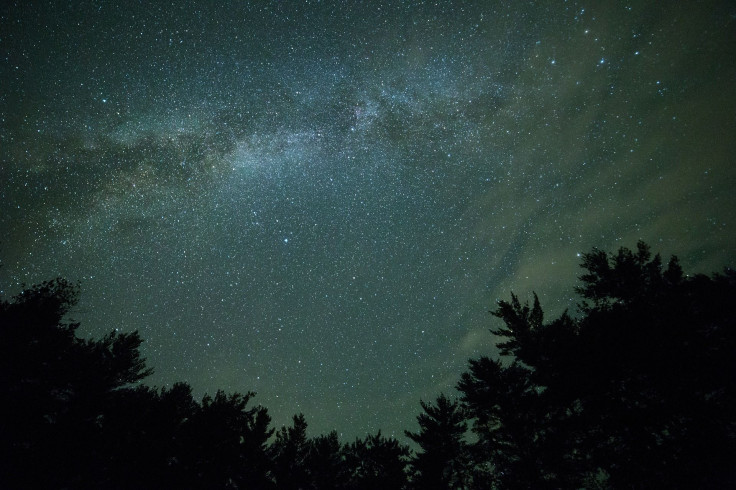Black Hole Discovered Near Heart Of The Milky Way

Researchers have discovered that Earth and the other planets in our system have a potential new neighbor in the Milky Way galaxy. A huge potential black hole was detected near the heart of the Milky Way and is one hundred thousand times bigger than the sun. The possible intermediate-mass black hole is sitting in a toxic gas cloud about 200 light years from the center of the Milky Way.
It was discovered by Japanese astronomers who were using a powerful telescope in the desert of Chile to study the gas cloud’s movement. The Atacama Large Millimeter/submillimeter Array provided high-quality images of the cloud. The gas in this particular cloud was observed moving at various speeds that were difficult for the astronomers to understand. The research was published in the journal Nature Astronomy on Monday.
If the black hole is confirmed, it will be the second largest ever recorded in the Milky Way. The suspicion that there might be a black hole in the gas cloud was confirmed further by radio waves detected coming from the cloud. The black hole consists of some of the most densely packed globular clusters in the entire galaxy. But there’s no infrared coming from the cloud, which indicates that it is likely not a stellar cluster and more likely a black hole. Additionally, the lack of any counterparts at other wavelengths at all suggests that it’s an inactive IMBH that isn’t currently consuming any more matter or growing.
There are two other types of black holes, supermassive black holes that can be millions or billions times the size of the sun as well as stellar-mass black holes that are about a few dozen times the size of the sun. The black holes in between these two are harder to find, but nobody really knows why.
The intermediate-mass black holes are somewhere between the two in size and far less common. IMBHs are a newer theory; and while many have been proposed, none have been accepted yet. A working theory as to where the black hole came from is that it used to be the nucleus of a dwarf galaxy that was then cannibalized by the Milky Way, said the journal article.
Even with all of the research around black holes, there is still a lot researchers don’t know. For one thing, that can be difficult to detect and they also can’t be seen in visible light. Another recent study regarding black holes hypothesizes that they may have been responsible for the first light in space. The idea is that as the black holes rotate more and more quickly, some of the light from within gets violently cast out into space.
© Copyright IBTimes 2024. All rights reserved.





















